Selling Barbie dolls online can be an incredibly lucrative business. With its long-standing brand recognition and continued popularity, Barbie has a unique place in the toy market. However, launching an online business focused on Barbie dolls — especially in the European market — comes with its own set of challenges, regulatory requirements, and marketing nuances. This guide will walk you through the step-by-step process of selling Barbie dolls online, from sourcing products to promoting them successfully.
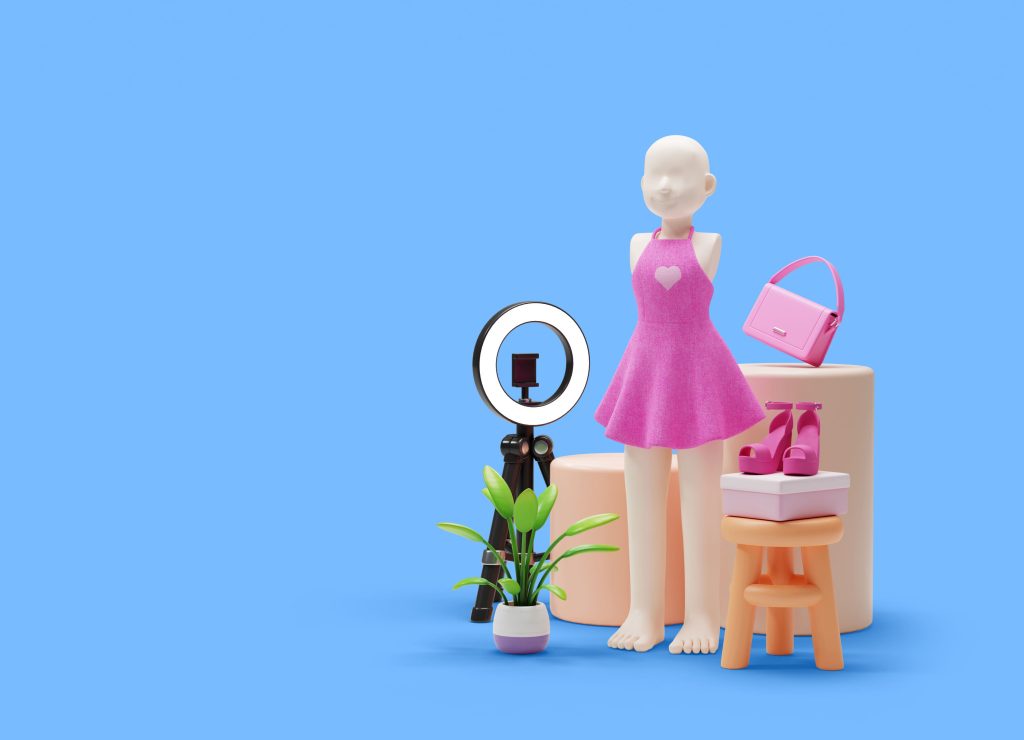
Why Barbie Dolls?
Before we dive into the how-tos, it’s important to understand why Barbie dolls remain such a hot-selling item:
- Brand Legacy: Barbie, created by Mattel in 1959, is an iconic brand with nearly universal recognition.
- Timeless Appeal: Unlike many toys that go in and out of style, Barbie has maintained a strong following across generations.
- Expanded Product Line: Barbie now has more diverse options, including dolls with varying skin tones, body types, and professions, which resonate with a broader audience.
Barbie dolls are not just toys; they are collectibles and cultural icons. This makes them suitable for both children and adult collectors, which widens your potential market.
The Challenges of Selling Barbie Dolls in Europe
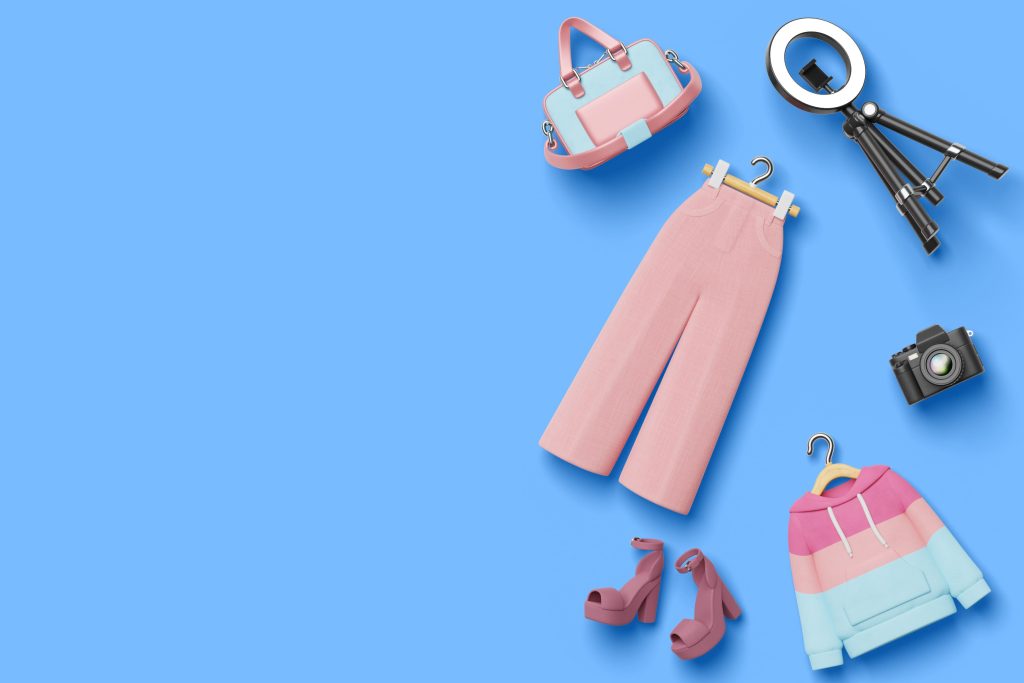
Market Saturation
Europe is a large market with a high demand for toys, but it’s also highly competitive. Many established retailers, including big e-commerce platforms like Amazon, already dominate this space. For a new seller, breaking into the market can be tough, especially when competing with established players who have better pricing due to economies of scale.
Regulatory Compliance
The European Union (EU) has strict regulations around toy safety, packaging, and advertising. All toys sold in the EU must comply with the Toy Safety Directive 2009/48/EC, which includes specific requirements for Barbie dolls. Non-compliance can lead to significant penalties, including the withdrawal of your products from the market.
Key requirements include:
- CE Marking: Barbie dolls (like all toys) must carry the CE mark, certifying they meet EU safety, health, and environmental standards.
- Product Documentation: You must have a Declaration of Conformity for each Barbie product, provided by the manufacturer (Mattel).
- Labeling: Clear labeling in multiple European languages is required, including safety instructions and recommended age ranges.
These regulations apply to both new and collectible Barbies, so sellers must ensure compliance before listing products online.
Finding Reliable Suppliers
Official Distributors
To sell authentic Barbie dolls, you’ll want to partner with authorized Mattel distributors or wholesalers. Mattel maintains strict control over its distribution management channels, and it’s important to source from verified suppliers to avoid counterfeit products. Unauthorized sellers can risk severe legal action from Mattel, which can negatively impact your business.
Here are some strategies to find suppliers:
- Directly from Mattel: You can apply to become an official reseller through Mattel’s partner program. This typically requires you to have an established business and meet certain sales volume requirements.
- Wholesale Distributors: There are licensed wholesalers across Europe who work directly with Mattel. Look for those with a strong reputation, reviews, and a robust track record of supplying high-quality products.
- B2B Platforms: Sites like Alibaba or Made-in-China offer toys in bulk, but caution is necessary. Ensure the supplier is certified and sells authentic Barbie dolls, as counterfeits are prevalent on these platforms.
Minimum Order Quantities (MOQs)
Most distributors and wholesalers require minimum order quantities (MOQs), which can range from a few dozen to several hundred units. Consider your initial investment and storage capacity before committing.
Where to Sell Barbie Dolls Online
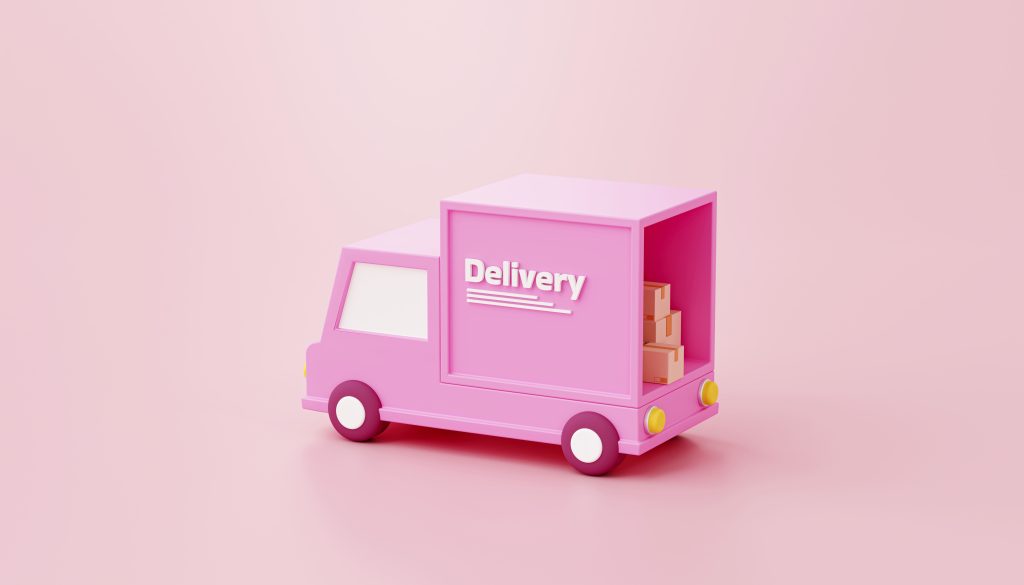
Marketplaces
- Amazon Europe (Amazon.de, Amazon.fr, etc.): Amazon is one of the most trusted platforms in Europe. However, competition is fierce, and margins can be thin due to fees and advertising costs. If you can optimize your listings with keywords, reviews, and competitive pricing, Amazon can be a strong channel.
- eBay: This platform is popular for both new and collectible Barbie dolls. If you are targeting collectors or niche Barbie editions (limited edition, rare models), eBay is an excellent option.
- Etsy: Although more focused on handmade and vintage items, Etsy can be a good platform if you sell custom-designed Barbie accessories or vintage Barbies. The marketplace caters to niche and artisan products, making it ideal for special editions.
- Specialty Toy Websites: Setting up your own website on platforms like Shopify or WooCommerce allows you to control the branding and customer experience. While this requires a greater initial investment, it gives you more control over margins and marketing.
Social Media
Platforms like Instagram, Facebook Marketplace, and Pinterest are becoming increasingly popular for toy sales. Instagram allows you to showcase Barbie dolls in creative settings, while Facebook Marketplace offers a localized buying and selling environment.
EU Countries with the Highest Demand for Dolls
- Germany
- France
- United Kingdom
- Italy
- Spain
- Netherlands
- Poland
- Sweden
- Belgium
- Austria
These countries have a strong toy market, with high demand for Barbie dolls among both children and collectors.
Initial Investments

Cost of Goods
- Wholesale Pricing: Depending on your supplier, Barbie dolls can cost between €5-€20 per unit, depending on the model and edition. Limited editions or special models will cost significantly more.
Logistics
- Shipping & Fulfillment: If you’re managing logistics yourself, you’ll need to invest in storage space and manage shipping costs. This could involve working with third-party logistics (3PL) providers like WAPI (similar to your current 3PL experience). Partner with 3PL provider who has a choice of courier services in every country and different types of warehouses for storage. Make it clear that your logistics partner can make tik tok fulfillment because this sales channel is very perspective.
Marketing & Advertising
- Facebook Ads: If you’re familiar with running Facebook Ads for e-commerce, this is an effective channel for promoting Barbie dolls. You can use Carousel ads to display different Barbie dolls in a single campaign. Targeting options allow you to reach parents, toy collectors, and gift buyers.
- Google Shopping Ads: A great way to target users searching for specific Barbie models.
Miscellaneous
- Website Development: If you’re building your own e-commerce store, a basic Shopify or WooCommerce site will cost around €30-€50/month.
- Marketing Tools: Consider tools like email marketing software and SEO plugins, which will cost an additional €20-€100 per month.
Estimated Initial Investment
For a small-scale operation (selling 100-200 dolls), expect to invest between €2,000-€5,000 in your initial stock control, marketing, and platform costs.
Marketing and Promoting
Content Marketing
Use your website or blog to write articles about Barbie’s history, latest models, and reviews. This helps build SEO and brings organic traffic.
Influencer Marketing
Work with parenting bloggers, toy reviewers, and YouTube channels focused on toy unboxings. Barbie is a highly visual product, and influencer reviews can drive substantial traffic to your store.
Seasonal Promotions
Leverage seasonal events like Christmas, birthdays, and Black Friday to create special promotions and bundles (e.g., Barbie with accessories). Promotions work particularly well for toy sales, so offering time-limited discounts can encourage faster sales.
Social Media Campaigns
Engage with Barbie fans on platforms like Instagram and Pinterest, where visual content performs well. Host giveaways or competitions, and encourage customers to share photos of their Barbie dolls, tagging your brand.
Legal Considerations for Selling Barbie Dolls in Europe
Importing and VAT
When importing Barbie dolls into Europe, you will need to account for import taxes and VAT (Value-Added Tax). Most EU countries apply VAT rates between 17-27%, depending on the country.
Trademark Considerations
Barbie is a registered trademark of Mattel, so be cautious when creating marketing materials. Avoid using Barbie’s name or likeness in unauthorized ways, as Mattel aggressively protects its brand from misuse.
Consumer Protection Laws
European consumer laws are strict. Make sure to provide clear return policies and offer refunds as required by law. Ensure that you provide customer support in the language of the country you are targeting.
Business Plan with €3,525 Profit
With these adjustments, you ensure that the business remains profitable, with an estimated profit of €3,525 from the sale of 500 units.
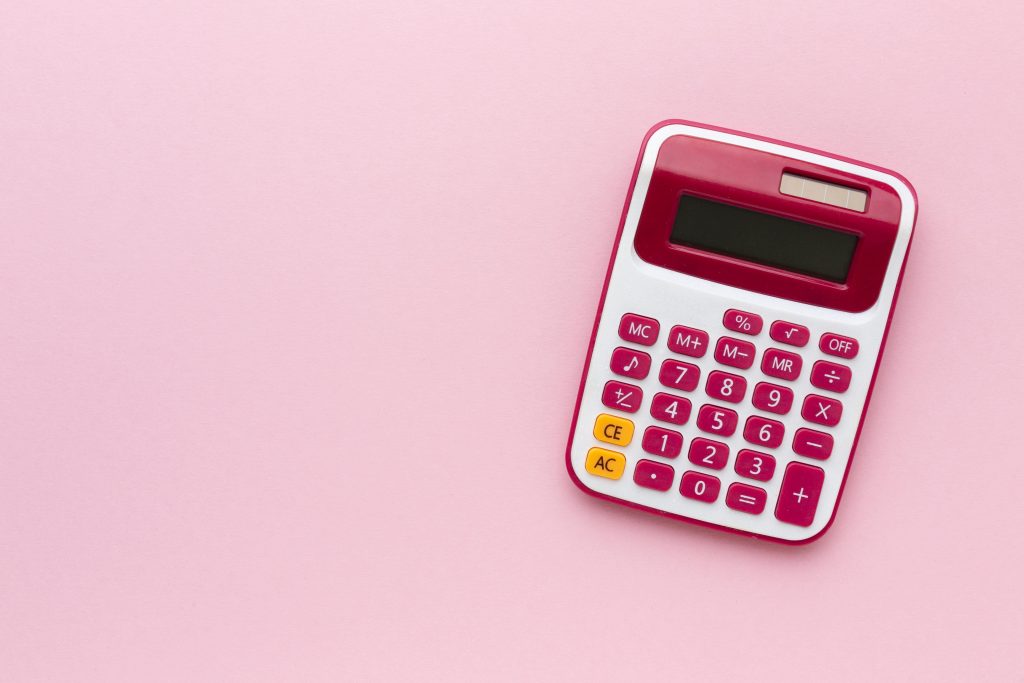
1. Initial Setup Costs (One-time)
✔ Company Registration & Legal Fees: €500
(Germany-based legal registration and VAT registration across Europe)
✔ Website/Platform Development: €50 (if using a basic Shopify or WooCommerce setup)
✔ Product Photos & Listings: €200
(High-quality product images and optimized listings for Amazon, eBay, etc.)
Total Initial Setup Costs: €750
2. Product Costs
Wholesale Purchase of Barbie Dolls:
Average wholesale cost per doll: €10 (assuming mid-range Barbies)
✔ Initial Order: 500 dolls × €10 = €5,000
3. Fulfillment & Shipping Costs
Fulfillment Services:
Fulfillment fee per order: €3
Storage cost per month: €100 for 500 units
Shipping:
Average shipping cost (domestic): €5 per order (Europe-wide)
Assume 70% of sales are within Germany and 30% spread across France, Italy, and Spain.
For 500 orders:
- Fulfillment fee: 500 × €3 = €1,500
- Shipping: 500 × €5 = €2,500
- Storage for 2 months: €100 × 2= €200
✔ Total Fulfillment & Shipping Costs: €4,200
4. Marketplace Fees
Amazon Fees: 15% per sale
Assume an average sale price of €35 per doll.
Amazon commission per unit: €5.25
For 500 dolls: 500 × €5.25 = €2,625
5. Marketing Costs
- Facebook & Google Ads: €700/month for 2 months = €1,400
(Targeting customers across Germany, France, Italy, and Spain)
6. Revenue Projection
Total Units Sold: 500 units
- Average selling price per unit: €35
- Total Revenue: 500 × €35 = €17,500
7. Profit Calculation
| Cost Category | Amount (€) |
|---|---|
| Initial Setup Costs | 750 |
| Product Costs (500 units) | 5,000 |
| Fulfillment & Shipping | 4,200 |
| Marketplace Fees | 2,625 |
| Marketing (2 months) | 1400 |
| Total Costs | €13,975 |
| Total Revenue | €17,500 |
| Profit | €3,525 |
8. Breakeven Analysis
- Breakeven Point: To break even, you would need to sell approximately 586 units at €30 each. This assumes the same cost structure and marketing efficiency.
Strategy to Improve Profits
✔ Increase Average Order Value (AOV): Offer bundled Barbie dolls with accessories to boost the average sale price.
✔ Optimize Marketing Spend: Test ad campaigns to reduce cost-per-click (CPC) and improve return on ad spend (ROAS).
✔ Expand to Niche Collectors: Target high-value, collectible Barbies that sell for €50+ to improve margins.
This business plan assumes a moderate scale launch and outlines the key costs and revenue points for selling Barbie dolls in Europe, including the use of fulfillment services like WAPI.
Conclusion
Selling toys online in Europe can be a profitable venture, but it requires careful planning and adherence to regulatory standards. From sourcing authentic products to navigating complex EU regulations, it’s critical to approach this market with knowledge and foresight. By leveraging the right platforms, creating engaging marketing campaigns, and building strong supplier relationships, you can establish a thriving Barbie doll business.
With an initial investment of around €14,000, you can get started, scale gradually, and potentially make a significant impact in the toy-selling market.



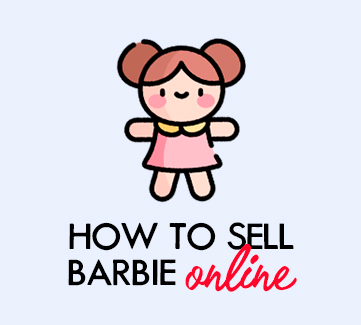
 Community
Community
